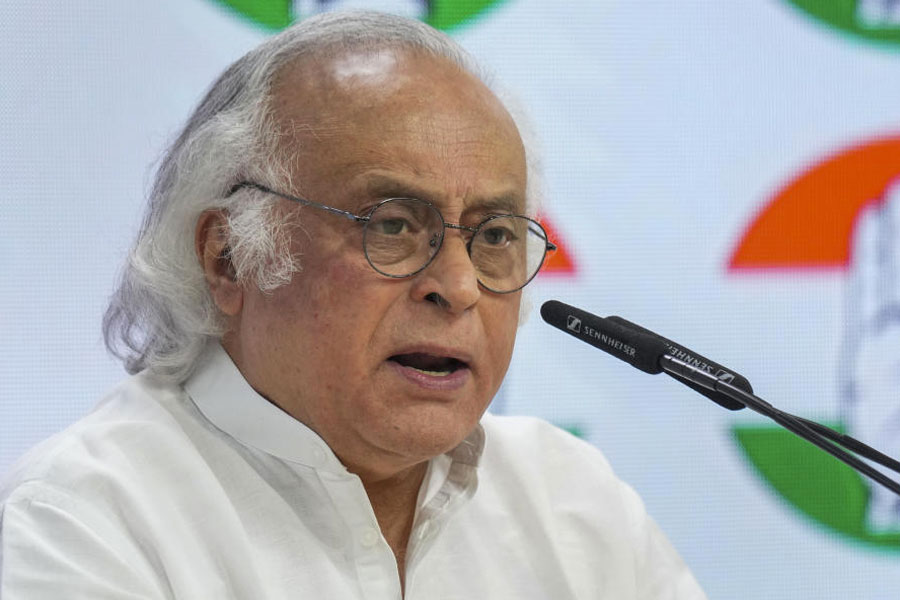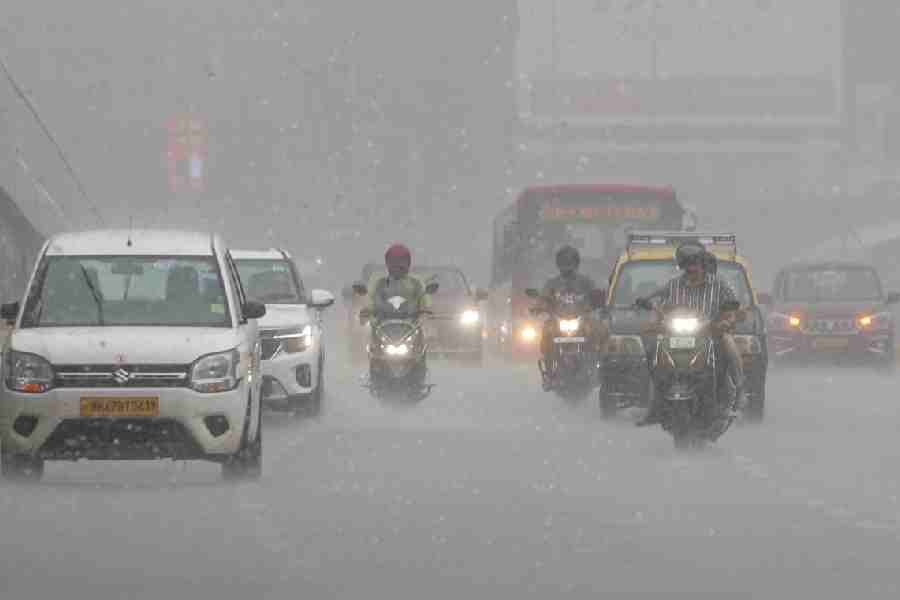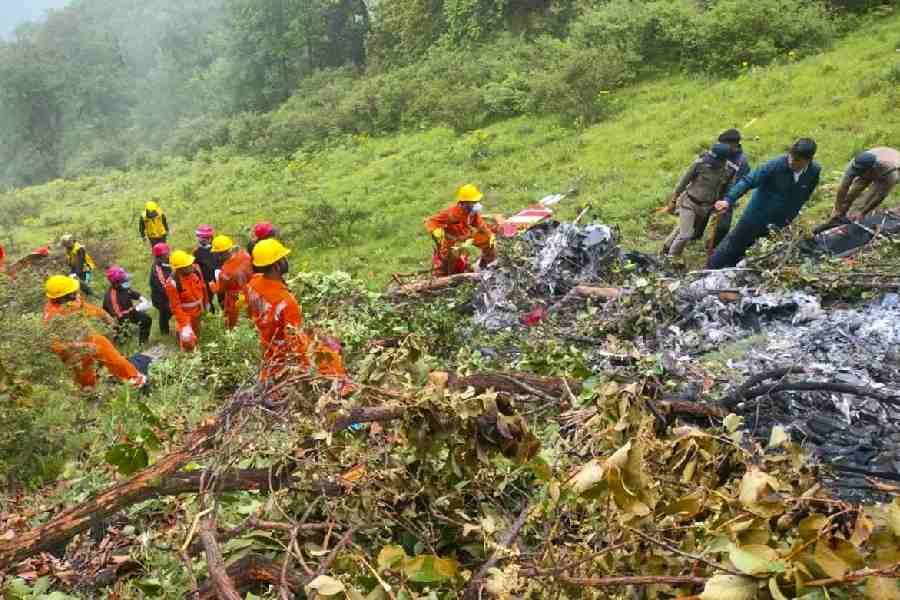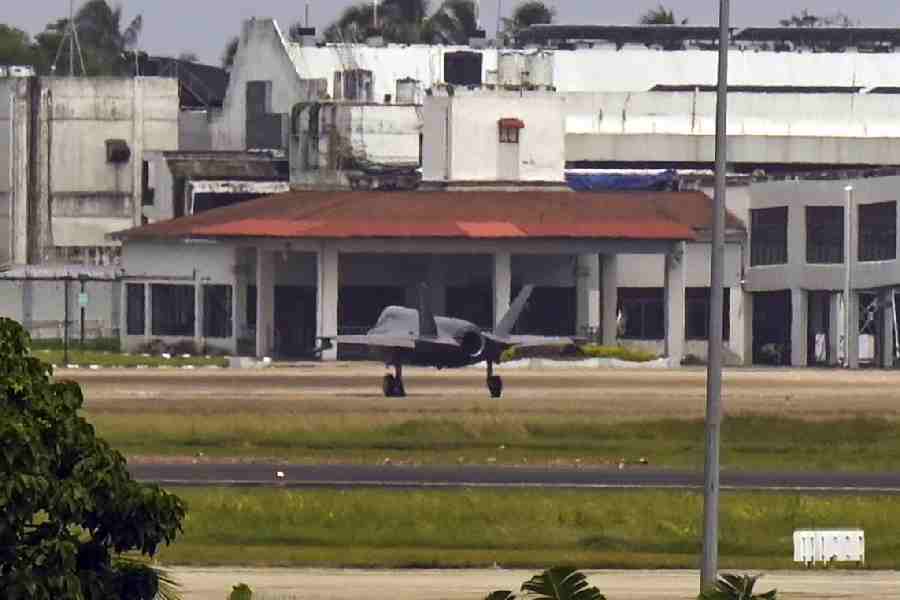 |
 |
| (Top) Samdup Taso Lepcha; file picture of Mt Kanchenjungha. Picture courtesy: Pema Wangchuk |
Gangtok, Oct. 30: The death of Samdup Taso Lepcha at the age of 83 yesterday generated fears among the indigenous Lepcha community that the ancient lineage of Kanchenjungha bongthings had probably ended with him.
Samdup Taso, the last surviving Kanchenjungha bongthing (priest), passed away at his native village of Nung in Dzongu apparently because of shock when North Sikkim was rattled by mild tremors yesterday morning.
Nestled under the foothills of Mt Kanchenjungha, Dzongu is the protected reserve of the Lepchas who are, by tradition, nature worshippers. The tribal community believes that the first Lepcha couple had been created from the fresh snows at Kanchenjungha’s summit.
Hence, the worship of Mt Kanchenjungha has been given a special importance in the Lepcha social structure. There is only one bongthing, a priest, in a generation to perform the special rituals once a year to pay obeisance to Kanchenjungha.
Samdup Taso, who took up the mantle from his father, is the last known bongthing. Taso’s son has not followed in his father’s footsteps, giving rise to fears that a special social component of the Lepcha community has now become part of history.
“It is a huge loss for the Lepcha community, especially for those who knew him and his importance. Since he was not performing the rituals for many years, the younger generation has no idea of Kanchenjungha bongthing. We are concerned that one piece of Lepcha history has ended with his death,” said documentary maker Dawa Lepcha, a resident of Dzongu.
Dawa said the only hope for continuing the bongthing lineage rested on Samdup Taso’s son or grandson. “We can only hope that his son or grandson will take up the tradition. There is nothing else we can do.”
According to a book Khangchendzonga: Sacred Summit written by senior journalists of Sikkim, Pema Wangchuk and Mita Zulca, and published in 2007, the worship of the peak by the bongthing is held in the Lepcha month of Kursong corresponding to February-March in an open-air altar in a forest in Dzongu.
“This prayer used to be a grand affair even till little over three decades ago, but is now a shrivelled token of its original grandeur,” says the book.
Wangchuk said Samdup Teso had probably discontinued his practice in the mid 70’s. “And his son has unfortunately not trained to continue the lineage. Of course, there is this belief that after a bongthing expires, his powers will go to another person,” he said.
The body of Samdup Teso will be cremated at his native village tomorrow.
Although the rituals, too, are feared to have become part of history with the demise of Samdup Teso, there is a glimmer of hope. Wangchuk said Danish researcher Halfdan Siiger had documented the Kanchenjungha bongthing’s rituals in 1956. “The film footage and documents of Siiger are still there in a museum in Denmark,” he said.











